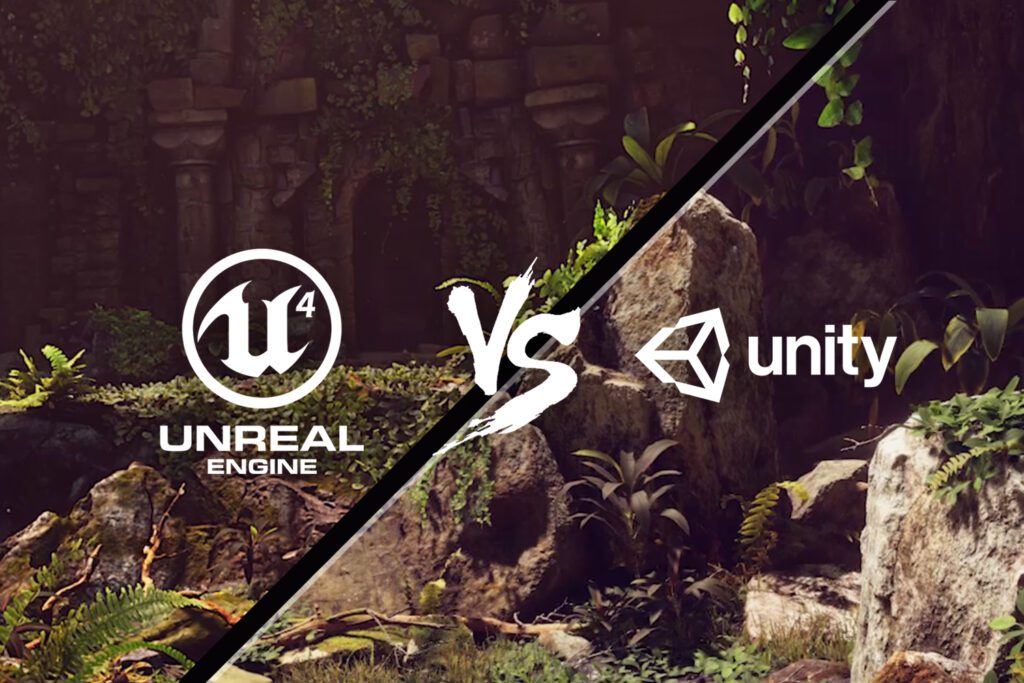Takeaway
Creating a fully realized virtual world game requires a meticulous approach that encompasses design, technology, and player engagement. By leveraging advanced game engines, understanding player psychology, and utilizing data analytics, developers can craft immersive experiences that captivate audiences. This article outlines a step-by-step guide to building virtual worlds, supported by real-world examples and research findings.

Understanding the Foundations of Virtual World Game Development
The development of virtual worlds is a multifaceted process that combines art, technology, and storytelling. A successful virtual world game must engage players on multiple levels, offering not just gameplay but also a rich narrative and an immersive environment. According to a report by Newzoo (2021), the global gaming market is projected to reach $218.7 billion by 2024, highlighting the immense potential for innovative virtual worlds.
Step 1: Conceptualization and World-Building
The first step in creating a virtual world is conceptualization. This involves defining the core theme, setting, and narrative of the game. World-building is crucial; it establishes the rules, cultures, and histories that govern the universe. For instance, the success of games like “The Elder Scrolls V: Skyrim” can be attributed to its rich lore and expansive world that players can explore freely.
Research by the International Game Developers Association (IGDA) indicates that 70% of players are more likely to engage with a game that has a well-developed backstory (IGDA, 2020). This underscores the importance of investing time in creating a compelling narrative that resonates with players.
Step 2: Choosing the Right Game Engine
The choice of game engine is critical in the development process. Popular engines like Unity and Unreal Engine offer robust tools for creating immersive environments. Unity, for example, is known for its versatility and ease of use, making it ideal for indie developers. In contrast, Unreal Engine provides high-fidelity graphics and is often used for AAA titles.

According to a survey conducted by Game Developer Magazine (2022), 45% of developers prefer Unity for 2D and 3D game development, while 30% favor Unreal Engine for its graphical capabilities. The choice of engine will significantly impact the visual quality, performance, and scalability of the game.
Step 3: Designing the Environment
Once the engine is selected, the next step is to design the game environment. This involves creating 3D models, textures, and animations that bring the world to life. Tools like Blender and Maya are commonly used for 3D modeling, while Substance Painter is popular for texturing.
Data from Statista (2023) shows that 65% of gamers prioritize graphics quality when choosing a game. Therefore, investing in high-quality assets and optimizing them for performance is essential. Additionally, implementing dynamic lighting and weather systems can enhance immersion, as seen in games like “Red Dead Redemption 2,” which features a highly detailed and interactive environment.
Step 4: Implementing Gameplay Mechanics
Gameplay mechanics are the rules and systems that govern player interactions within the virtual world. This includes combat systems, crafting, and quest mechanics. A well-designed gameplay loop keeps players engaged and encourages exploration.
Research by the Game Developers Conference (GDC) indicates that 80% of players prefer games with a balance of challenge and reward (GDC, 2021). Therefore, it is crucial to design mechanics that provide a sense of achievement while also challenging players. For example, “Dark Souls” is renowned for its challenging gameplay, which fosters a strong sense of accomplishment upon overcoming obstacles.
Step 5: Integrating Social Features
In today’s gaming landscape, social interaction is a key component of player engagement. Incorporating features such as multiplayer modes, chat systems, and community events can enhance the overall experience. Games like “Fortnite” and “World of Warcraft” have thrived due to their strong social components, allowing players to connect and collaborate.
According to a study by the Pew Research Center (2022), 70% of gamers report that they enjoy playing with friends, highlighting the importance of social features in modern game design. Developers should consider implementing guilds, leaderboards, and cooperative missions to foster community engagement.
Step 6: Testing and Iteration
Testing is a critical phase in game development. It involves identifying bugs, balancing gameplay, and gathering player feedback. Alpha and beta testing phases allow developers to refine their game based on real-world player experiences. Tools like PlaytestCloud and UserTesting can facilitate this process by providing insights into player behavior and preferences.
Data from a survey by the Game Quality Assurance Association (GQAA) indicates that games with extensive testing phases have a 30% lower chance of receiving negative reviews (GQAA, 2023). This emphasizes the importance of thorough testing to ensure a polished final product.
Step 7: Launching and Post-Launch Support
The launch of a virtual world game is a significant milestone, but it is only the beginning. Post-launch support is crucial for maintaining player engagement and addressing any issues that arise. Developers should be prepared to release patches, updates, and downloadable content (DLC) to keep the community active.
According to a report by SuperData (2022), games that receive regular updates see a 50% increase in player retention rates. This highlights the importance of ongoing support and content creation to sustain interest in the game.
Key Points
- Conceptualization and world-building are foundational to creating engaging virtual worlds.
- The choice of game engine impacts the visual quality and performance of the game.
- High-quality environment design enhances player immersion and engagement.
- Gameplay mechanics should balance challenge and reward to keep players invested.
- Social features are essential for fostering community and player interaction.
- Thorough testing and post-launch support are critical for long-term success.
Conclusion
Building a fully realized virtual world game is a complex but rewarding endeavor. By following a structured approach that encompasses conceptualization, technology selection, environment design, gameplay mechanics, social features, testing, and post-launch support, developers can create immersive experiences that resonate with players. As the gaming industry continues to evolve, staying informed about trends and player preferences will be essential for success. The potential for innovation in virtual world games is vast, and with the right strategies, developers can create captivating universes that engage players for years to come.

